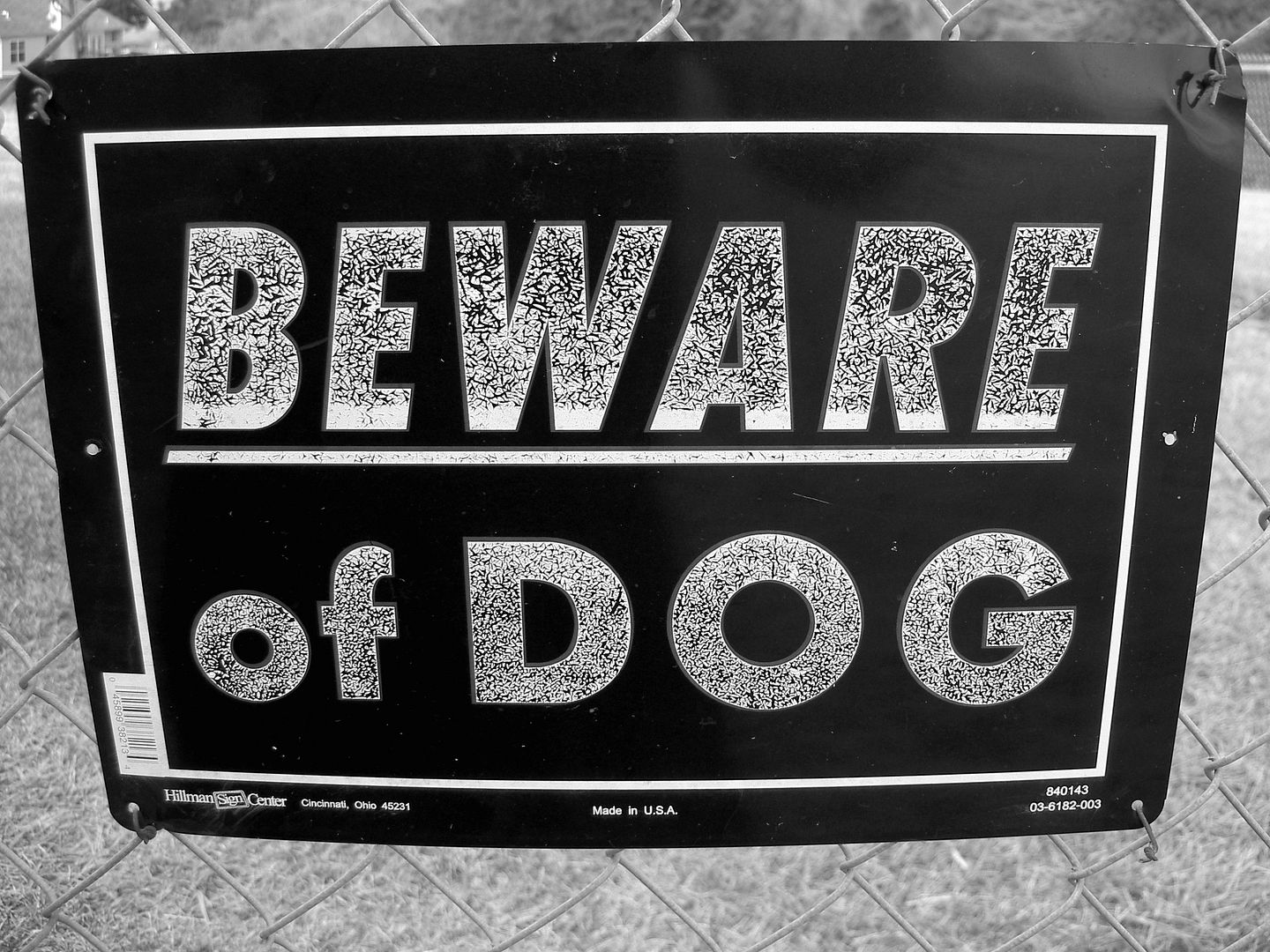The annual swallows return to Capistrano is a popular event, and as a native of southern California, I’ve been fortunate to have witnessed the arrival of the swallows of Capistrano more than once. I say fortunate because over the past few years the avian visitors have gone missing–and the swallows have actually headed for the hills.
The famed swallows of Capistrano have relocated to less urbanized areas and are showing up in the San Bernardino Mountains (Big Bear Lake) while others have taken up residence at other areas around southern California including the Vellano Country Club in Chino Hills. Only a few can be found under freeway overpasses not too far away from the San Juan Capistrano Mission.

Just why the swallows migration has changed is up for speculation.
Locals and visitors alike have celebrated the annual migration of the swallows for as long as some of us can remember, and it is disappointing to those who show up for the Swallows Day Parade only to find the avian ambassadors missing.
The annual swallow migration has received a lot of attention over the years. For instance, Leon Rene’s 1939 hit, When the Swallows Come Back to Capistrano song lyrics are a tribute to the long migration.
The amazing journey takes the swallows over 12,000 miles round-trip. They abandon their winter haven in Goya, Corrientes, Argentina and travel to southern California, arriving on St Joseph’s Day (March 19th) and then begin the return trip to Argentina on the Day of San Juan (October 23rd).
Some people mistakenly confuse sparrows with the swallows who migrate to Capistrano, but it is actually a species of cliff swallow (Petrochelidon pyrrhonota) that migrates.
It used to be that scouts arrived a few days prior to the main flock who would arrive in large numbers shortly after. The swallows are known for their energetic movements and their jug-shaped nests of mud and clay. Upon arrival, they quickly rebuild the mud nests clinging under the eves of buildings in the area and begin rearing their young.
Centuries ago the San Juan Capistrano Mission padres noticed that the swallows returned consistently on St. Joseph’s Day. The tradition of celebrating the swallows return to Capistrano began then and people would arrive from around the world to officially welcome the birds back. Today the people still come but just why the birds no longer do remains a mystery.
At one time, the Mission also offered the highest, most protected perches in the area but it seems that construction and other changes have made the location less attractive to the birds. Another influencing factor may be that the California mission once provided an abundant food source (insects) but as the insect population decreased due to urbanization and the continued development of the area, most birds seem to have relocated.
To try and sort out just why the swallow migration changed, the Mission called upon Charles R. Brown, an ornithologist from the University of Tulsa in Oklahoma,to see if they could find ways to attract the swallows back to the area–but it doesn’t look promising.
So for now, I enjoy the birds from my perch above the lake near Big Bear. You can enjoy them too if you decide to try and see them near their arrival date in their new locations.
In the meantime, I invite you to enjoy these two short videos from other regions in California where these winged travelers can now be found.
Cliff Swallow Photo Credit: Ingrid Taylor



